If you are a fan of Marvel comics, you have almost certainly seen the movie X-Men. Humans with superpower abilities called “mutants”, appear in this film. While human mutants with superpowers are only seen in movies, in real life mutation in humans results in mere abnormalities. For instance, having six fingers in one hand, or, having three legs. But in the case of plant mutants, abnormalities are not the only outcome. Although plant mutants show abnormal traits like human mutants, we can create our desired traits by inducing mutation artificially. And if their traits turn out to be beneficial enough for human health, we may even consume them. Mutation breeding is the method that allows us to develop plant mutants. Mutation breeding is one of four strategies of crop improvement, depending on the types of reproduction and pollination mechanisms of plants.
What is mutation

Hugo de Vries coined the term “mutation” in 1900. It originated from the Latin word “mutare,” which means to change. Mutation refers to the sudden heritable change in an organism other than those caused by Mendelian segregation and recombination.
The mutation may change a gene, chromosome, or plasma gene(genetic material inside mitochondria and chloroplasts).
- Point mutation: A point mutation is a gene mutation caused by a change in the nucleotide sequence of a gene. In this mutation, a single nucleotide base is modified, added, or deleted from a DNA or RNA sequence of an organism’s genome. Gene mutations include transition, transversion, deletion, duplication, and inversion.
- Chromosomal mutation: A chromosomal mutation is any change or error that occurs within the chromosome.
- Chromosomal aberration: Chromosomal aberration refers to abnormalities in the structure or number of chromosomes.
What is mutation breeding/mutagenesis
Mutation breeding or mutagenesis is the deliberate development of mutations and their use to create new crop kinds. It is also called “variation breeding”. In other words, mutation breeding is the process of exposing the seeds to chemicals or radiation to generate mutants with desirable traits to breed with different cultivars.
We can change the structure of a plant for our benefit through this approach, resulting in a higher-quality plant. Usually, the improvement of crop variety takes place by changing the genotype/ genetic structure. Plants or seeds developed using mutation breeding or mutagenesis are known as mutagenic plants or seeds.
- AKE Gustafsson is the father of mutation breeding.
History of Mutation Breeding
- Mutation breeding dates back to 300BC. The ancient Chinese book “lulan” provides the first documentation of mutant selection in plant breeding.
- In the year 1590, the first verifiable plant mutant was described. It was a mutant of greater celandine( Chelidonium majus).
- Hermann J Muller demonstrated the first artificial mutation in 1927. He treated jimson weed (Datura stramonium) with radium.
- In 1928, Lewis Stadler published the first result of mutation induction in crop plants, such as barley, maize, wheat, and oat. However, he was skeptical about the use of induced mutation for crop improvement. The researches of Muller and Stadler gave birth to “Mutation breeding,” which represents a new departure from the conventional breeding procedures in agriculture.
- In 1936, the first induced mutant variety was released. It was a tobacco variation that was created by the induction of X-rays in Indonesia.
- In 1942, induced disease resistance of a crop plant(barley) was first reported.
- In 1944, the chemical-induced mutation was first introduced.
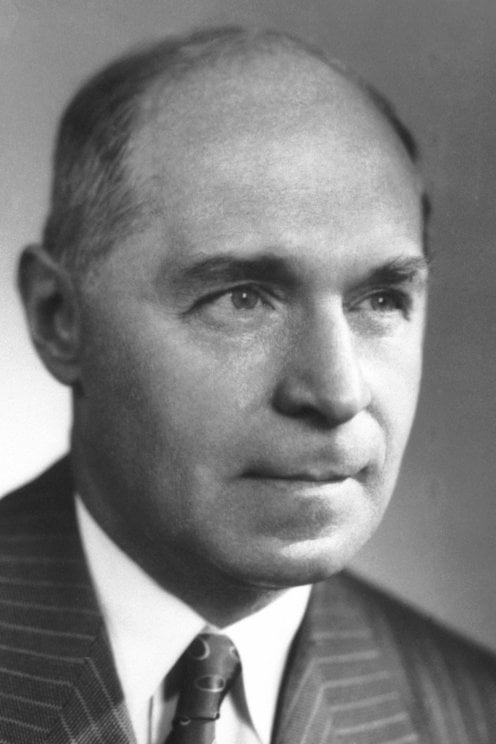
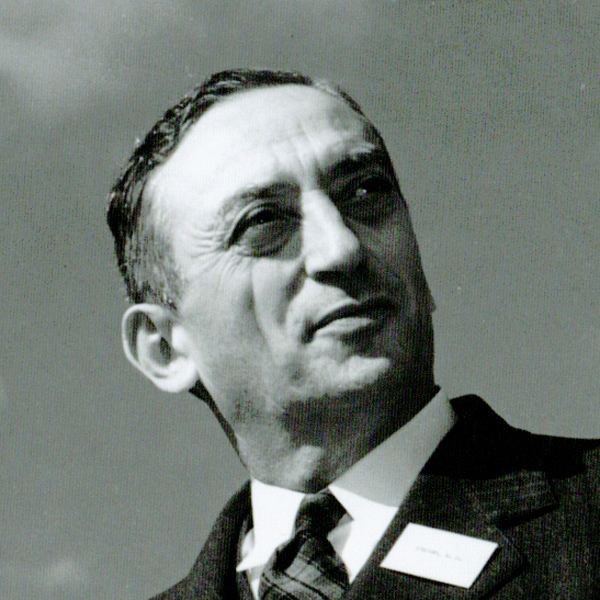
In this way, a whole new process entered traditional agriculture. Before 1927, plant mutations occurred naturally, not artificially. Only after Muller and Stadler, scientists started inducing mutation with radiation. After 1944, people learned that they could even use chemicals alongside radiations to cause artificial mutation in plants and seeds.
Types of Mutation Breeding
There are two forms of mutation breeding based on how the mutation is induced. The types are:
- Spontaneous mutation
- Induced/ artificial mutation
Spontaneous Mutation
The mutation which arises automatically in nature due to subjection of the living organism to treatments of naturally occurring agents, such as electric currents, atomic rays, and particles, injuries, disease & insect attacks, chemicals, etc., is called spontaneous mutation. These mutations remain arising constantly and continuously. This type of mutation provides the base of crop improvement by conventional breeding methods.


Induced/ Artificial Mutation
Induced or artificial mutations are mutations at will by artificial means. The artificially induced mutations are similar to those produced spontaneously in nature. Since the changes made are similar to those created by spontaneous mutation.

Induced mutation can be of two types:
- Macro mutation: Mutation with distinct morphological changes in the phenotype. This involves significant changes in the traits. Even one can detect the changes without instrumental help. Thus, the traits can be measured at the level of the individual plants.
- Micro Mutation: Mutations with invisible phenotypic changes. These are quantifiable differences that one can measure at the level of population. Micro mutations produce genetic variability in the quantitative characteristics of the crops. Hence, the plant breeder gives full attention to micro mutations.
| Difference in | Spontaneous Mutation | Induced Mutation |
| Origin | They originate spontaneously in nature. | They do not arise in nature spontaneously. As a result, artificial induction is necessary for them to arise. |
| Occurrence | They are under the control of nature and therefore remain continuously arising in nature automatically. | They are artificial and therefore occur when man induces them. Otherwise, never found. |
| Source | Naturally occurring mutagenic agents such as electric currents, atomic particles, rays, temperature, variations, etc. create spontaneous mutation. | Subjecting the plants or other organisms artificially to mutagens such as gamma rays, x-rays, neutrons, ultraviolet rays, etc. induce artificial mutation. |
| Frequency | Their frequency of occurrence is rare and sluggish. | They arise more frequently than spontaneous mutation because they are the intentional creation of a human being. |
| Use | They are the basis of crop improvement by the conventional method. | They are the basis of mutation breeding, especially when further improvement in crops is not possible by spontaneous mutation. |
Related articles
- Mutation breeding: material selection, dosage, procedure & precaution
- Mutagenic agents: types, mechanism & irradiation breeding
- Mutation breeding: pros, cons & achievements of Bangladesh
References
- Principles of plant genetics and breeding by George Acquaah
 Plantlet The Blogging Platform of Department of Botany, University of Dhaka
Plantlet The Blogging Platform of Department of Botany, University of Dhaka

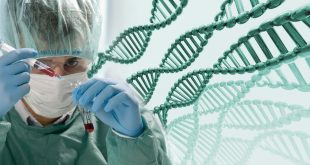
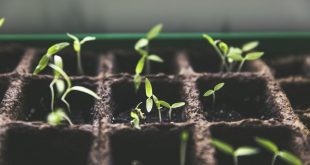
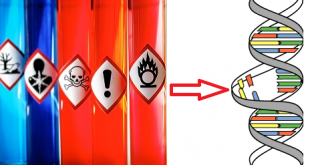
So much interesting topic. Loved it a lot. Thanks for sharing with us 🧡
Thanks a lot for your compliment. <3
Loved a lot. The intro was one of the best.
Good job.
Thank you so much. All the credit goes to you. You know how to bring out the best of someone.